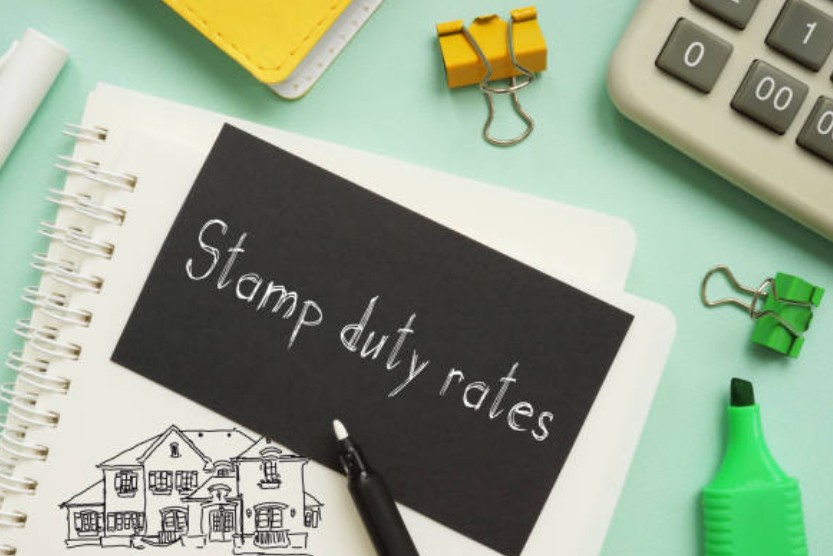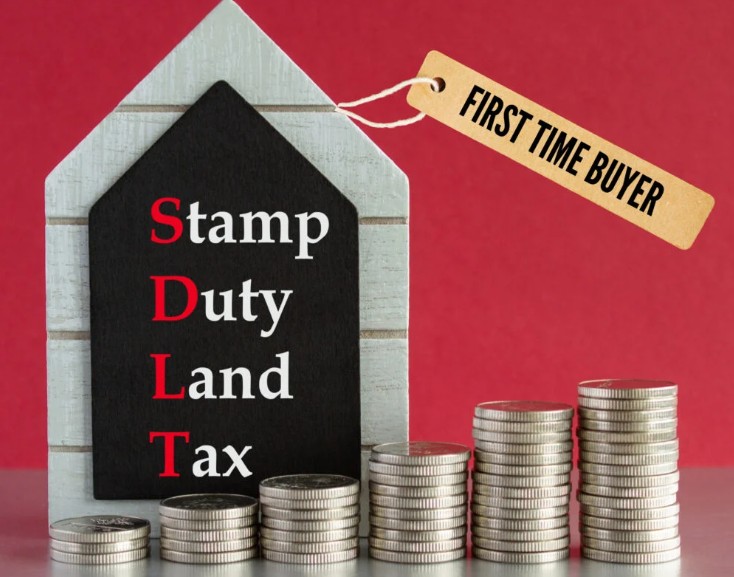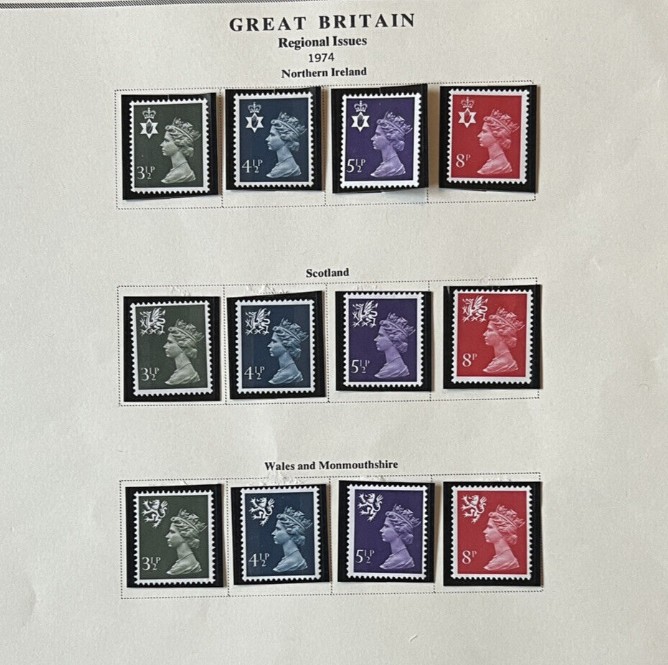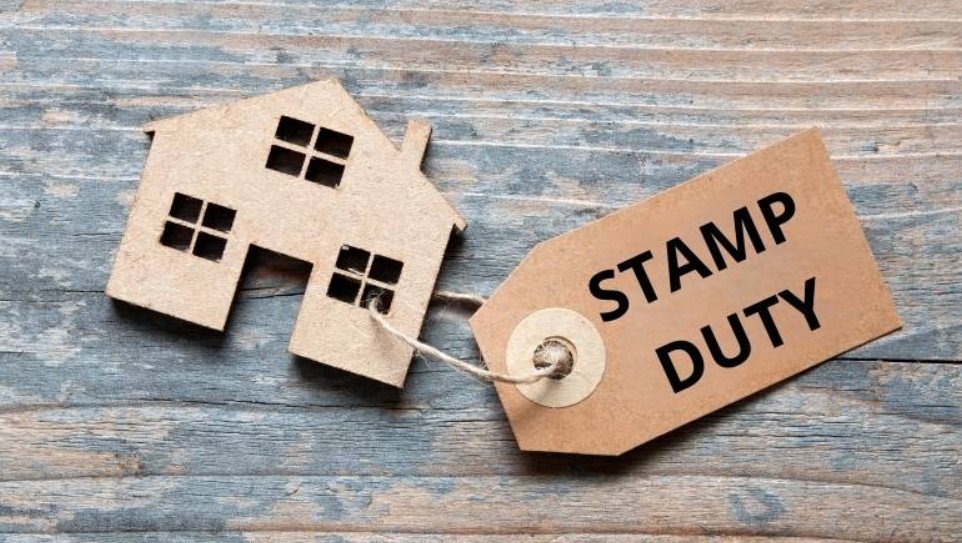Buying your first home in the UK is an exciting but often daunting experience, and understanding the costs involved can be tricky. One of the biggest questions that often comes up is:
How much is stamp duty for first time buyers?
Stamp Duty Land Tax (SDLT) can add a significant amount to your upfront costs, but first-time buyers are eligible for important reliefs designed to reduce or even eliminate this tax on many properties. This guide explains how stamp duty works for first-time buyers, the current rates and thresholds, and what you need to know to budget properly for your new home.
What Is Stamp Duty Land Tax (SDLT)?

Stamp Duty Land Tax is a tax levied by the UK government on property purchases in England and Northern Ireland. When you buy a residential property or land above a certain price, you are required to pay SDLT. The tax applies whether you’re buying a new build, an existing home, or even a piece of land.
For first-time buyers, the government has introduced specific reliefs to help reduce the cost of purchasing a home. These reliefs mean many first-time buyers pay less stamp duty compared to those who have previously owned property.
Stamp Duty for First Time Buyers: Current Rates and Thresholds (2025)
As of 2025, here’s a detailed breakdown of the stamp duty rates and thresholds specifically for first-time buyers purchasing residential properties:
| Property Price Band | SDLT Rate for First-Time Buyers |
|---|---|
| Up to £425,000 | 0% (no stamp duty payable) |
| £425,001 to £625,000 | 5% on the portion above £425,000 |
| Above £625,000 | Standard SDLT rates apply (no relief) |
What This Means in Practice
- If your property costs £425,000 or less, you pay no stamp duty at all — a significant saving compared to non-first-time buyers.
- For properties priced between £425,001 and £625,000, you only pay 5% on the portion of the price above £425,000. This means your stamp duty bill will be smaller than for buyers who don’t qualify for relief.
- If you purchase a home costing more than £625,000, unfortunately, first-time buyer relief doesn’t apply, and you will pay the standard SDLT rates. This can lead to a considerably higher tax bill.
Why Does First-Time Buyer Relief Exist?

First-time buyer relief was introduced to make homeownership more accessible, especially in a housing market where prices have risen steadily in many parts of the UK. By reducing or eliminating stamp duty on properties below certain thresholds, the government aims to:
- Encourage more people to enter the housing market
- Help reduce the upfront costs that can prevent many from buying their first home
- Support younger generations in getting on the property ladder
How to Calculate Stamp Duty for First Time Buyers?
Calculating how much stamp duty you owe as a first-time buyer is straightforward once you know the thresholds and rates.
Example 1:
You buy a property for £400,000.
Since the price is below £425,000, you pay no stamp duty.
Example 2:
You buy a property for £500,000.
You pay 0% on the first £425,000, and 5% on the remaining £75,000 (£500,000 – £425,000).
Stamp duty payable = 5% of £75,000 = £3,750.
Example 3:
You buy a property for £700,000.
The relief no longer applies, so you pay the standard SDLT rates:
- 0% on the first £250,000 = £0
- 5% on the next £425,000 (£250,001 to £675,000) = £21,250
- 10% on the remaining £25,000 (£675,001 to £700,000) = £2,500
Total SDLT payable = £21,250 + £2,500 = £23,750
Standard Stamp Duty Rates for Non-First Time Buyers
To fully appreciate the benefit for first-time buyers, here is a quick overview of the standard SDLT rates as of 2025:
| Property Price Band | SDLT Rate |
|---|---|
| Up to £250,000 | 0% |
| £250,001 to £925,000 | 5% |
| £925,001 to £1.5 million | 10% |
| Above £1.5 million | 12% |
Non-first-time buyers start paying stamp duty at a lower threshold (£250,000), while first-time buyers benefit from the £425,000 zero rate threshold, allowing them to save thousands.
How to Qualify as a First-Time Buyer for Stamp Duty Relief
To be eligible for first-time buyer stamp duty relief, you must:
- Be buying your first residential property anywhere in the UK, this means you cannot own or have owned a property before, even overseas or through inheritance.
- The property must be your only or main residence after purchase.
- The property price must be £625,000 or less.
- You cannot purchase the property as a second home or buy-to-let investment.
If you buy a property jointly with someone who is not a first-time buyer, you will not qualify for first-time buyer relief, and standard SDLT rates will apply.
Does Stamp Duty Differ in Scotland, Wales, and Northern Ireland?

Stamp duty only applies to property purchases in England and Northern Ireland. Other parts of the UK have their systems:
- Scotland: Land and Buildings Transaction Tax (LBTT) applies with different rates and reliefs. First-time buyers benefit from a higher zero rate threshold of up to £175,000.
- Wales: Land Transaction Tax (LTT) applies, with its rates and first-time buyer reliefs.
- Northern Ireland: SDLT rules are the same as England, so first-time buyer relief applies there as well.
If you’re buying property outside England, check the relevant regional tax rules.
When and How Is Stamp Duty Paid?
Stamp duty must be paid to HM Revenue & Customs (HMRC) within 14 days of the completion date — the day you officially become the property owner.
Most buyers pay through their solicitor or conveyancer, who will calculate the correct amount, file the SDLT return, and pay the tax on your behalf. If you’re managing the purchase yourself, you’ll need to submit the SDLT return and pay HMRC directly to avoid fines and penalties.
Additional Tips for First-Time Buyers on Stamp Duty
- Budget for stamp duty early: Even if you expect to pay little or no SDLT, include it in your budget so you’re prepared.
- Factor in additional buying costs: Remember, there are other expenses such as survey fees, legal costs, and mortgage fees that add up.
- Stay updated on changes: Stamp duty rates and reliefs can change with government budgets or regional policies, so keep informed.
- Consider Help to Buy and other schemes: Some government programmes provide financial support for first-time buyers that can indirectly ease the impact of upfront costs like SDLT.
- Speak to professionals: Conveyancers and mortgage advisors can help clarify SDLT obligations and make the buying process smoother.
Final Thoughts
Understanding how much is stamp duty for first time buyers is crucial in planning your property purchase. Thanks to government reliefs, many first-time buyers pay reduced or no stamp duty, saving thousands and making homeownership more accessible.
However, it’s vital to know the thresholds, rates, and eligibility criteria to avoid surprises and to budget accordingly. Working with experienced property professionals and staying informed will ensure your homebuying journey starts on the right foot.

Leave a Reply